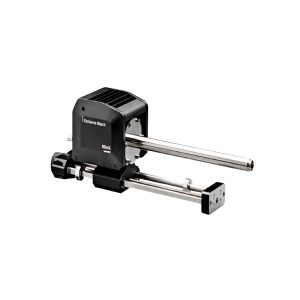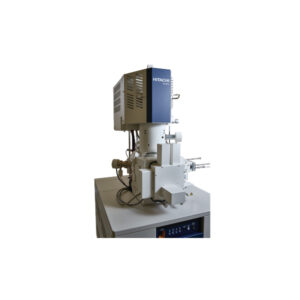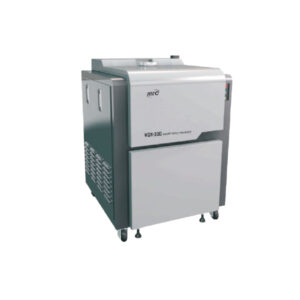The Bruker QUANTAX EDS Flash 7 Detector is a cutting-edge solution for advanced elemental analysis. Paired with a Scanning Electron Microscope (SEM) or a Transmission Electron Microscope (TEM), it features the XFlash® 7 detector series, providing the largest solid angle, highest throughput, and highest take-off angle for X-ray collection on electron microscopes. Ultimately, this detector combines exceptional performance with ease of use and a range of innovative design features. Thus, making it ideal for a wide range of applications.
Features of Bruker QUANTAX EDS Flash 7 Detector
Wide Range of Detector Sizes
- Offered with and without element window, catering to various analytical needs.
Best Energy Resolution
- Provides superior energy resolution for light element and low energy analysis.
Hybrid Technology
- The new signal processing unit with hybrid technology leads to ultra-high throughput for the fastest measurements.
Slim-Line Detector Technology
- Ensures even more counts and lower beam currents, enhancing data quality.
Compact Design and Low Weight
- The detector’s compact design and low weight (maximum 3.75 kg) make it easy to integrate and handle.
High Precision Slider
- Features a fully integrated motor for precise positioning, ensuring accurate results.
User-Friendly ESPRIT Software
- Supported with the intuitive ESPRIT software, making it easy to operate and analyze data.
Real-Time Spectrometry
- Allows users to view composition changes immediately, with spectrum updates at intervals down to 100 milliseconds.
The Bruker QUANTAX EDS Flash 7 Detector offers exceptional performance and reliability for comprehensive elemental analysis. Furthermore, its advanced technology, combined with innovative design features, ensures precise and dependable results. Hence, this makes it an essential tool for researchers and professionals in materials science and engineering.
Applications
- Routine analysis of standard metal and alloy samples.
- In-depth examination of strain and deformation.
- Effective characterization of complex or beam-sensitive samples.
- Optimized measurement of large samples.
- Transmission Kikuchi Diffraction (TKD) analysis of nanocrystalline materials.
















